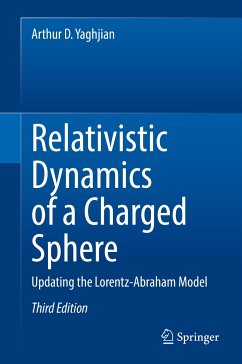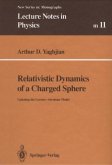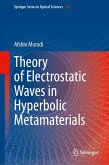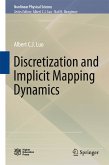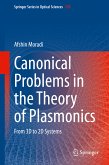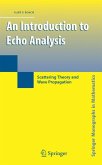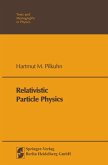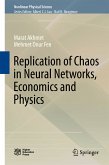This book takes a fresh, systematic approach to determining the equation of motion for the classical model of the electron introduced by Lorentz 130 years ago. The original derivations of Lorentz, Abraham, Poincaré, and Schott are modified and generalized for the charged insulator model of the electron to obtain an equation of motion consistent with causal solutions to the Maxwell-Lorentz equations and the equations of special relativity. The solutions to the resulting equation of motion are free of pre-acceleration and pre-deceleration. The generalized method is applied to obtain the causal solution to the equation of motion of a charge accelerating in a uniform electric field for a finite time interval. Alternative derivations of the Landau-Lifshitz approximation are given as well as necessary and sufficient conditions for the Landau-Lifshitz approximation to be an accurate solution to the exact Lorentz-Abraham-Dirac equation of motion. Binding forces and a total stress-momentum-energy tensor are derived for the charged insulator model. Appendices provide simplified derivations of the self-force and power at arbitrary velocity.
In this third edition, some of the history has been made more accurate and some of the derivations have been simplified and clarified. A detailed three-vector exact solution to the Landau-Lifshitz approximate equation of motion is given for the problem of an electron traveling in a counterpropagating plane-wave laser-beam pulse. Semi-classical analyses are used to derive the conditions that determine the significance of quantum effects not included in the classical equation of motion.
The book is a valuable resource for students and researchers in physics, engineering, and the history of science.
Dieser Download kann aus rechtlichen Gründen nur mit Rechnungsadresse in A, B, BG, CY, CZ, D, DK, EW, E, FIN, F, GR, HR, H, IRL, I, LT, L, LR, M, NL, PL, P, R, S, SLO, SK ausgeliefert werden.

